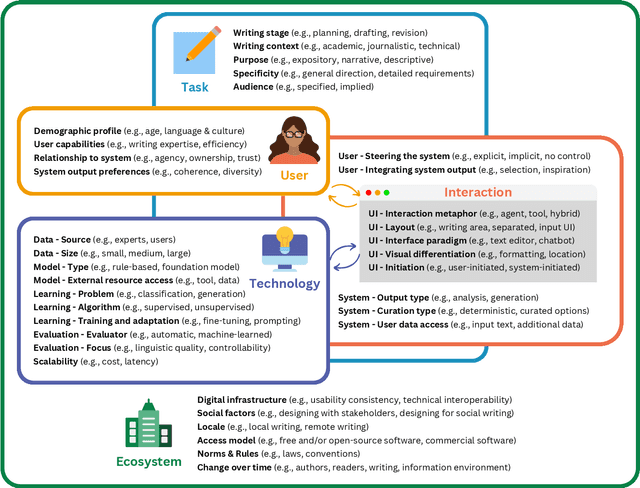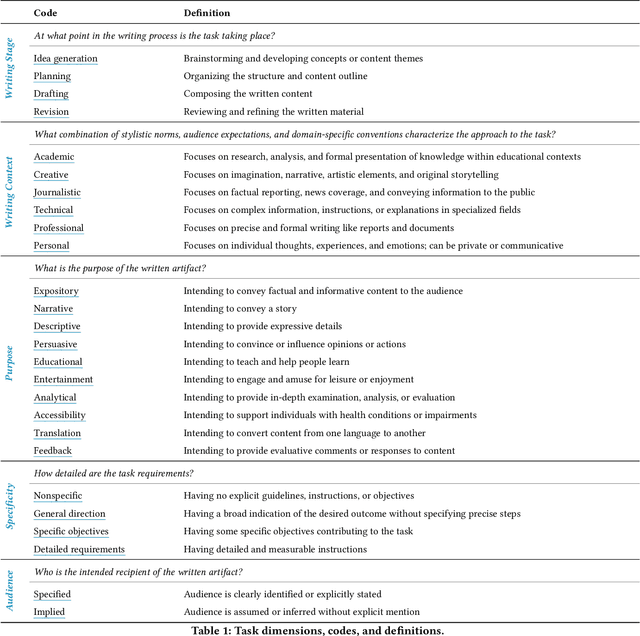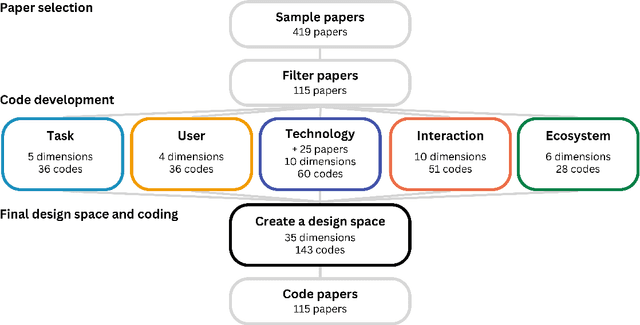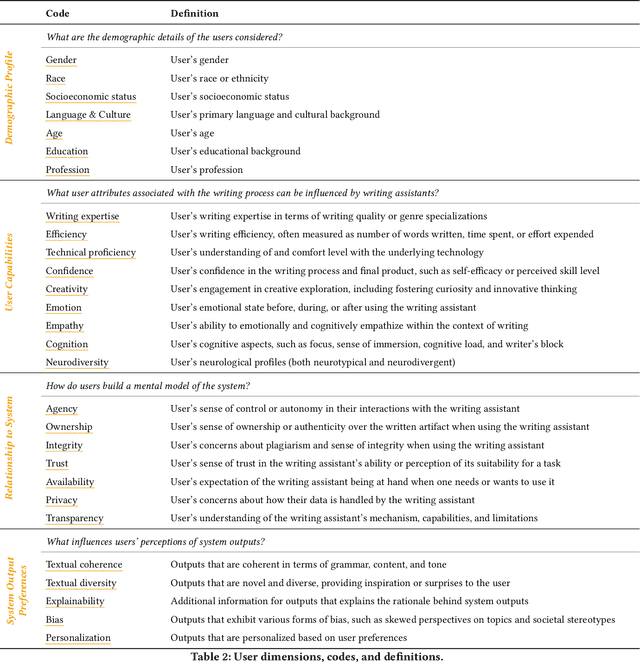Antonette Shibani
AI-Assisted Writing in Education: Ecosystem Risks and Mitigations
Apr 16, 2024Abstract:While the excitement around the capabilities of technological advancements is giving rise to new AI-based writing assistants, the overarching ecosystem plays a crucial role in how they are adopted in educational practice. In this paper, we point to key ecological aspects for consideration. We draw insights from extensive research integrated with practice on a writing feedback tool over 9 years at a university, and we highlight potential risks when these are overlooked. It informs the design of educational writing support tools to be better aligned within broader contexts to balance innovation with practical impact.
Untangling Critical Interaction with AI in Students Written Assessment
Apr 10, 2024Abstract:Artificial Intelligence (AI) has become a ubiquitous part of society, but a key challenge exists in ensuring that humans are equipped with the required critical thinking and AI literacy skills to interact with machines effectively by understanding their capabilities and limitations. These skills are particularly important for learners to develop in the age of generative AI where AI tools can demonstrate complex knowledge and ability previously thought to be uniquely human. To activate effective human-AI partnerships in writing, this paper provides a first step toward conceptualizing the notion of critical learner interaction with AI. Using both theoretical models and empirical data, our preliminary findings suggest a general lack of Deep interaction with AI during the writing process. We believe that the outcomes can lead to better task and tool design in the future for learners to develop deep, critical thinking when interacting with AI.
A Design Space for Intelligent and Interactive Writing Assistants
Mar 26, 2024



Abstract:In our era of rapid technological advancement, the research landscape for writing assistants has become increasingly fragmented across various research communities. We seek to address this challenge by proposing a design space as a structured way to examine and explore the multidimensional space of intelligent and interactive writing assistants. Through a large community collaboration, we explore five aspects of writing assistants: task, user, technology, interaction, and ecosystem. Within each aspect, we define dimensions (i.e., fundamental components of an aspect) and codes (i.e., potential options for each dimension) by systematically reviewing 115 papers. Our design space aims to offer researchers and designers a practical tool to navigate, comprehend, and compare the various possibilities of writing assistants, and aid in the envisioning and design of new writing assistants.
 Add to Chrome
Add to Chrome Add to Firefox
Add to Firefox Add to Edge
Add to Edge